Unveiling Top Medical Marihuana Strains for Specific Conditions
Understanding that different medical conditions require unique medical marihuana strains is key. Hig…….
Medical marijuana, or cannabis with therapeutic properties, has emerged as a prominent topic in the healthcare industry, capturing global attention and sparking scientific interest. At the heart of this movement are medical marihuana strains, carefully cultivated and selected for their unique chemical compositions and potential medicinal benefits. This article aims to take you on an extensive journey through the world of medical marijuana strains, exploring their multifaceted aspects, impact, and potential. From their genetic origins to their diverse applications, we will uncover the intricate details that shape this revolutionary field.
Definition: Medical marijuana strains refer to specific varieties of cannabis plants (Cannabis sativa and Cannabis indica) cultivated for medicinal purposes. These strains are distinguished by their distinct cannabinoid profiles, primarily containing tetrahydrocannabinol (THC) and cannabidiol (CBD), along with other minor cannabinoids and terpenes.
Historical Context: The use of cannabis for medicinal benefits dates back centuries, with ancient civilizations recognizing its therapeutic properties. However, the modern medical marijuana movement gained momentum in the late 20th century as research into cannabis’ chemical composition and potential therapeutic effects intensified. This period saw groundbreaking studies that isolated specific cannabinoids, leading to a deeper understanding of their interaction with the human body’s endocannabinoid system.
Significance: Medical marihuana strains play a pivotal role in modern medicine by offering alternative treatment options for various medical conditions. They have shown promise in managing pain, reducing inflammation, alleviating symptoms associated with neurological disorders, and even assisting in certain mental health treatments. As research continues to uncover the full potential of cannabis, these strains are becoming increasingly integrated into conventional healthcare systems worldwide.
The global medical marijuana market has witnessed significant growth and transformation over the past decade, driven by evolving attitudes towards cannabis and increasing legal recognition. Here’s a glimpse at some key trends and regional influences:
North America: Leading the way in medical marijuana acceptance, states across the United States have legalized cannabis for medicinal use, with many also allowing recreational consumption. Canada, too, has embraced medical marijuana, offering a robust legal framework and research infrastructure to support its development. These regions have seen substantial investments in cannabis cultivation, pharmaceutical-grade production, and innovative product development.
Europe: European countries have been early adopters of medical marijuana, with the UK, Germany, and France leading the way in clinical trials and patient access. The EU’s harmonized regulatory framework has facilitated cross-border collaboration and research sharing, fostering a robust medical cannabis ecosystem.
Asia: China, with its ancient history of cannabis use, has made significant strides in medical marijuana research and policy. The country is now home to several cutting-edge cannabis-based pharmaceutical companies. Japan, too, has legalized medical marijuana, becoming a hub for advanced cultivation techniques and product innovations.
Latin America and the Caribbean: Countries like Uruguay and Peru have liberalized their cannabis laws, attracting international interest and investment. These regions are known for their diverse cannabis genetics and traditional use of local strains.
Trends Shaping the Future:
| Trend | Description |
|---|---|
| Personalized Medicine | The trend towards personalized treatment plans tailored to individual patient needs is a significant development in medical marijuana. This approach leverages advanced genetic testing and cannabinoid profiling to create highly targeted therapies. |
| Pharma-Grade Production | There is a growing emphasis on producing medical marijuana products under controlled, pharmaceutical-grade conditions to ensure consistency, purity, and safety. This trend enhances patient trust and opens doors for wider clinical adoption. |
| Research Collaboration | International collaborations in cannabis research are on the rise, fostering knowledge sharing and accelerated discovery. These partnerships contribute to a global understanding of cannabis’ therapeutic potential. |
| Digital Health Integration | The integration of digital health technologies, such as telemedicine and mobile apps, is transforming patient access and monitoring. This trend streamlines medical marijuana therapy and enhances patient outcomes. |
The economic implications of medical marihuana strains are profound, touching various sectors and influencing global markets.
Market Dynamics: The global medical cannabis market is projected to reach a substantial value by 2025, driven by increasing legalizations and growing consumer demand. This growth is expected to be more pronounced in regions with progressive policies and robust research environments.
Investment Patterns: The industry has witnessed significant investment from venture capital firms, pharmaceutical companies, and private equity investors. These investments are directed towards cultivation facilities, research institutions, and the development of novel cannabis-based products.
Economic Impact: Medical marijuana’s economic influence is multifaceted. It creates new job opportunities in agriculture, manufacturing, research, and healthcare. Moreover, it contributes to tax revenue for legalizing jurisdictions, with potential long-term economic benefits extending beyond direct cannabis sales.
Technological breakthroughs have played a crucial role in the advancement of medical marijuana research and product development.
Cannabinoid Isolation and Purification: Advanced extraction techniques have enabled scientists to isolate and purify specific cannabinoids, allowing for precise dosing and controlled administration. This has led to the development of highly concentrated cannabinoid oils and capsules.
Genetic Engineering: Genetic research has unlocked the ability to engineer cannabis plants with enhanced therapeutic properties. By selectively breeding or using genetic modification, growers can produce strains with higher CBD content, specific terpene profiles, or improved yield for medicinal purposes.
Nanotechnology and Delivery Systems: Innovations in nanotechnology have given rise to novel delivery methods, such as cannabis-loaded nanocarriers and liposomes, which enhance bioavailability and targeted drug delivery. These systems improve the efficacy of medical marijuana products.
Medical marihuana strains offer a wide range of potential therapeutic applications across various medical disciplines. Here are some key areas:
Pain Management: One of the most well-documented uses of medical marijuana is its effectiveness in managing chronic pain, including neuropathic pain, arthritis, and fibromyalgia. THC’s analgesic properties, coupled with CBD’s anti-inflammatory effects, make these strains valuable tools for pain relief.
Neurology and Neuroprotection: Cannabinoids have shown promise in treating neurological disorders such as multiple sclerosis (MS), epilepsy, and Alzheimer’s disease. They may modulate neuroinflammation, protect neuronal cells, and reduce spasticity associated with MS.
Cancer Care: Medical marijuana is being explored for its potential to alleviate chemotherapy-induced nausea and vomiting, enhance appetite, and improve sleep in cancer patients. Some studies also suggest that certain cannabinoids may have anti-tumor properties, although further research is needed.
Mental Health Disorders: The use of medical marijuana for mental health conditions, including anxiety, depression, and PTSD, is gaining attention. CBD, in particular, has shown potential in reducing symptoms of anxiety and improving overall mood. However, more research is required to understand long-term effects and optimal dosing.
Skin Health and Wound Care: Topical cannabis products have been explored for their potential benefits in skin health, including anti-aging, acne treatment, and wound healing. Terpenes, such as limonene and linalool, contribute to these effects, offering a natural alternative for dermatological conditions.
The regulatory environment surrounding medical marihuana strains is complex and varies widely across jurisdictions. This diversity presents both challenges and opportunities for patients, researchers, and industry stakeholders.
Legal Status: Some countries and states have fully legalized medical marijuana, allowing patients access to a wide range of products. Others have implemented strict controls, limiting access to specific conditions and highly regulated formulations.
Patient Access: Ensuring patient access to medical marijuana is a critical issue. This involves creating robust frameworks for doctor recommendation, prescription writing, and dispensing procedures. Telemedicine and digital health solutions are helping to overcome geographical barriers and improve patient convenience.
Quality Assurance: Regulating the quality and safety of cannabis products is essential. Many regions have established testing requirements and standards to ensure product consistency and purity. These measures protect patients from contaminated or improperly labeled products.
Research and Data Sharing: International collaboration and data sharing are vital for advancing medical cannabis research. Harmonized regulations facilitating cross-border research partnerships can accelerate the discovery of new therapeutic applications.
The following patient stories illustrate the transformative impact of medical marihuana strains on individuals’ lives:
Case Study 1: Chronic Pain Management
Sarah, a 45-year-old nurse, struggled with severe chronic back pain resulting from an old injury. Despite conventional treatments, her pain persisted, affecting her quality of life. After consulting a medical marijuana specialist, Sarah was prescribed a CBD-rich strain known for its analgesic properties. Within weeks, she experienced significant reduction in pain and improved sleep. She now enjoys greater mobility and a better overall sense of well-being.
Case Study 2: Epilepsy and Anxiety
Jacob, a 28-year-old man with epilepsy, was also diagnosed with generalized anxiety disorder. Traditional anti-seizure medications left him feeling drowsy, impacting his work and social life. His doctor recommended a low-THC, high-CBD strain to manage both conditions. Jacob reported reduced seizure frequency and better control of his anxiety, allowing him to lead a more active lifestyle.
Despite the significant progress made in the medical marijuana field, several challenges remain:
Stigma and Public Perception: Despite growing acceptance, stigma surrounding cannabis use continues to impact patient access and research funding. Raising public awareness and fostering open dialogue are essential for changing perceptions.
Research Funding and Evidence Base: While interest in medical marijuana is increasing, further high-quality research is needed to establish robust evidence for various therapeutic applications. Securing consistent funding sources is crucial for advancing scientific understanding.
Standardization of Products: Ensuring product standardization across different strains and delivery methods is essential for patient safety and effective treatment. Quality control measures should be implemented throughout the supply chain.
Global Harmonization of Regulations: International collaboration can help harmonize regulations, making it easier to conduct global research and facilitate patient access to medical marijuana across borders.
The field of medical marihuana is rapidly evolving, with ongoing scientific exploration and expanding public awareness driving its growth. As the evidence base strengthens and regulatory environments become more supportive, patients worldwide stand to benefit from the diverse therapeutic potential of these unique plant compounds. With continued research, education, and open dialogue, the future of medical marijuana holds great promise for improving lives and transforming healthcare practices.
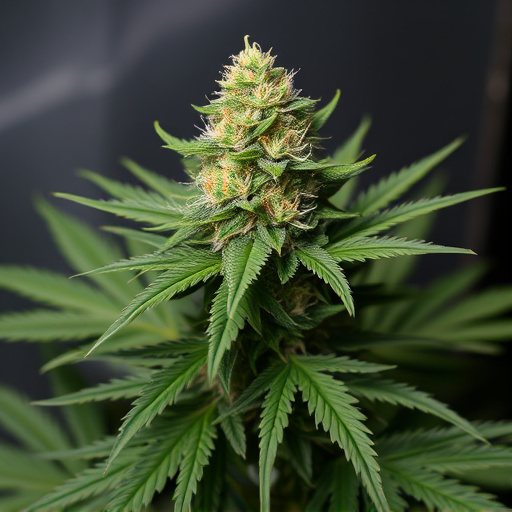
Understanding that different medical conditions require unique medical marihuana strains is key. Hig…….
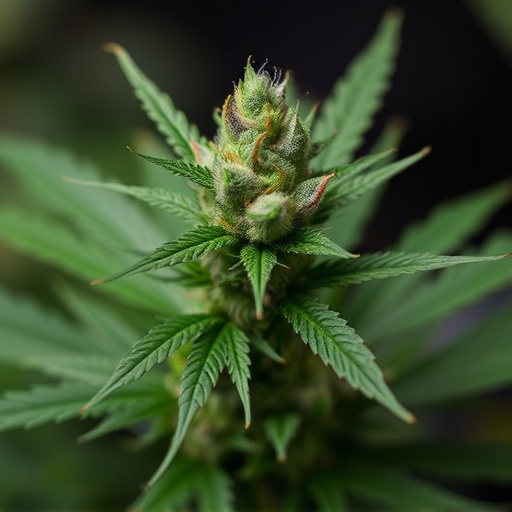
Unveiling rare cannabis strains offers a symphony of therapeutic benefits and captivating experience…….
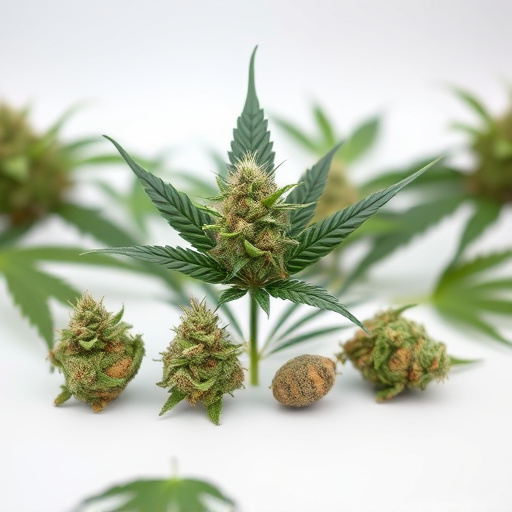
Temperature plays a pivotal role in determining the potency and effectiveness of cannabinoids like T…….
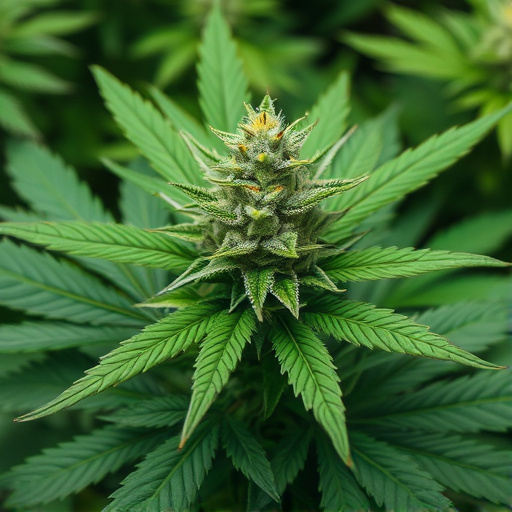
Detoxing cannabis involves a holistic approach combining dietary, lifestyle, and strain selection st…….
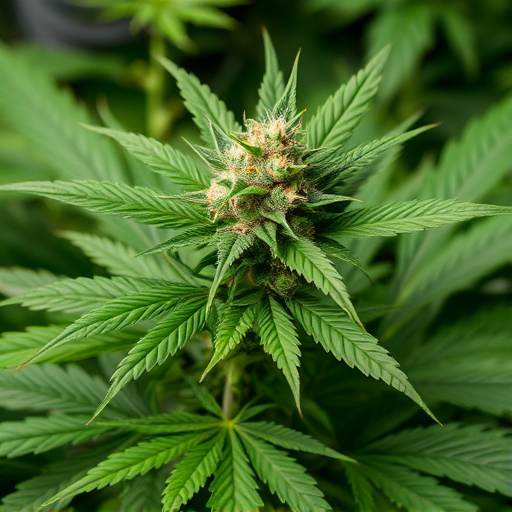
Medical marihuana strains vary in their effects, from invigorating Sativas to relaxing Indicas, prim…….
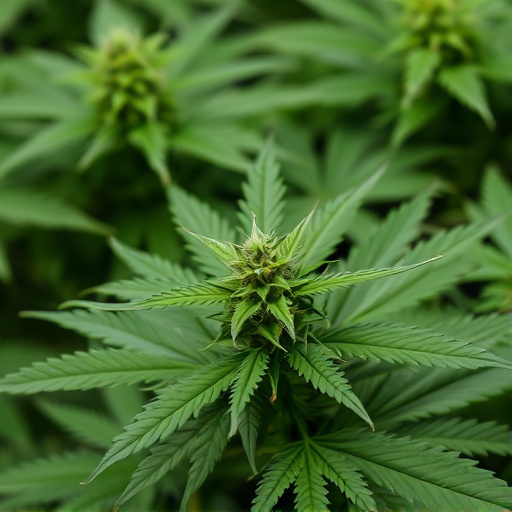
Sun-grown medical marihuana strains, though offering benefits like higher terpene content and divers…….
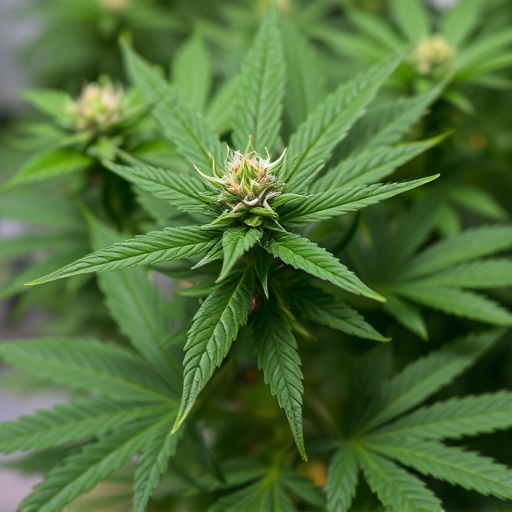
Sativa medical marihuana strains are popular for their energizing and uplifting effects, driven by c…….